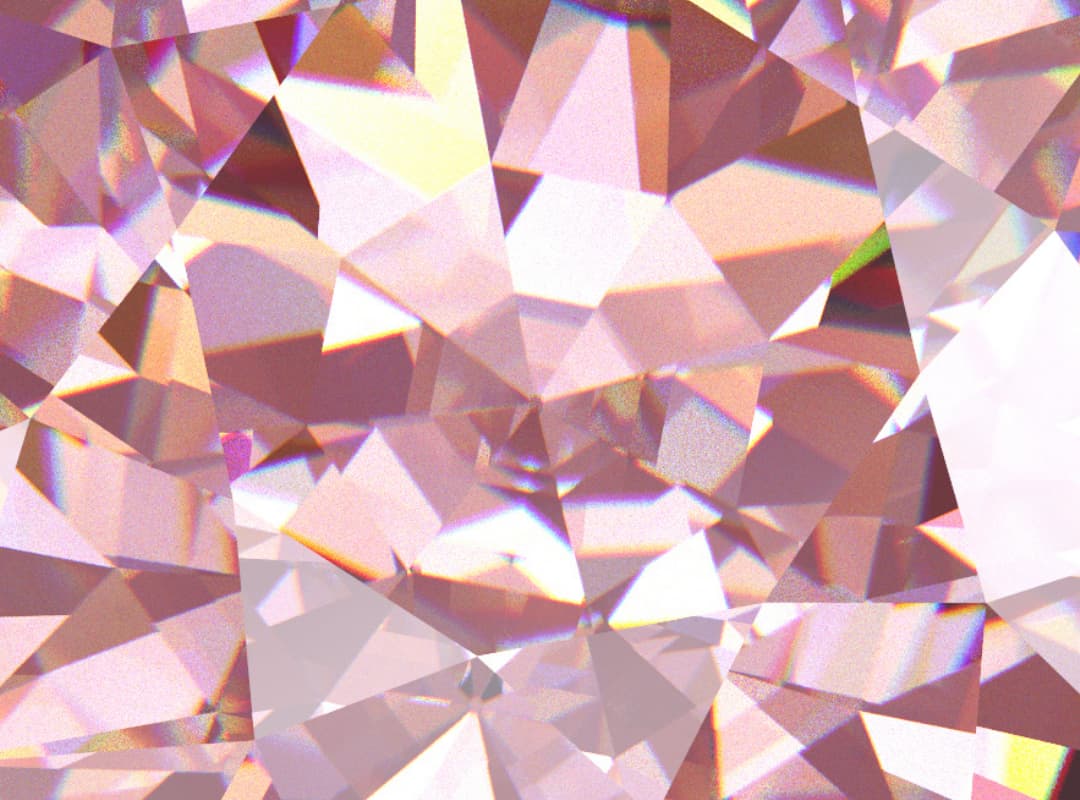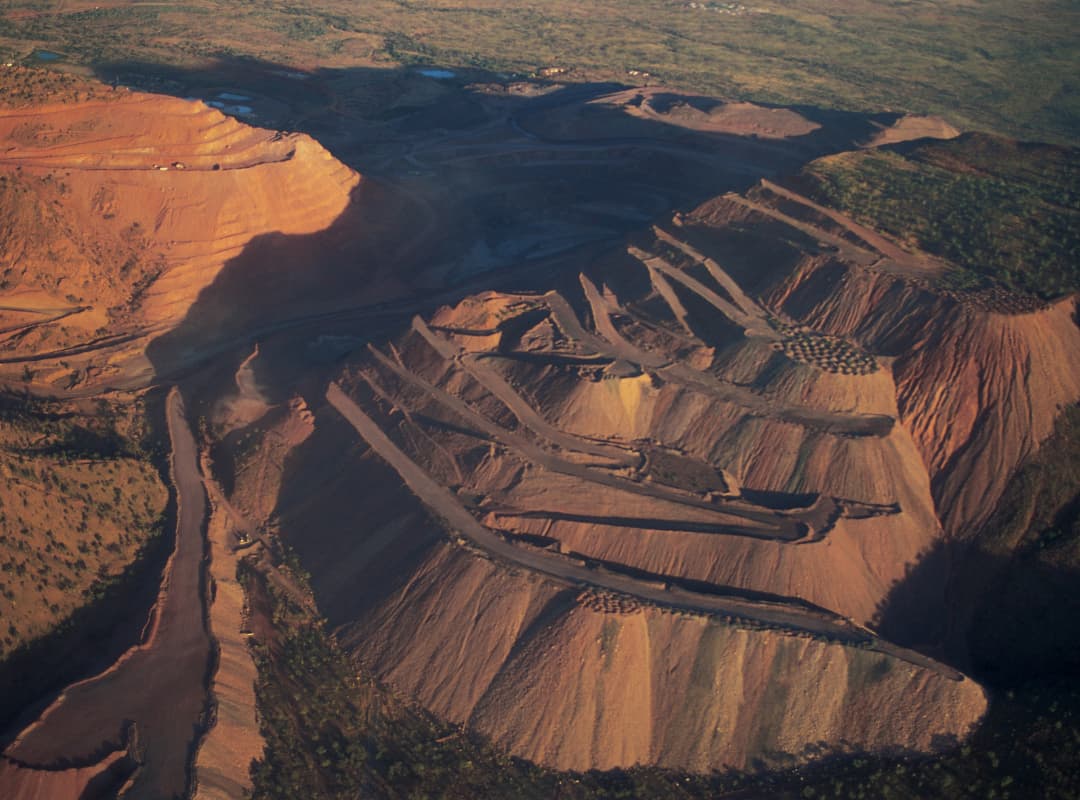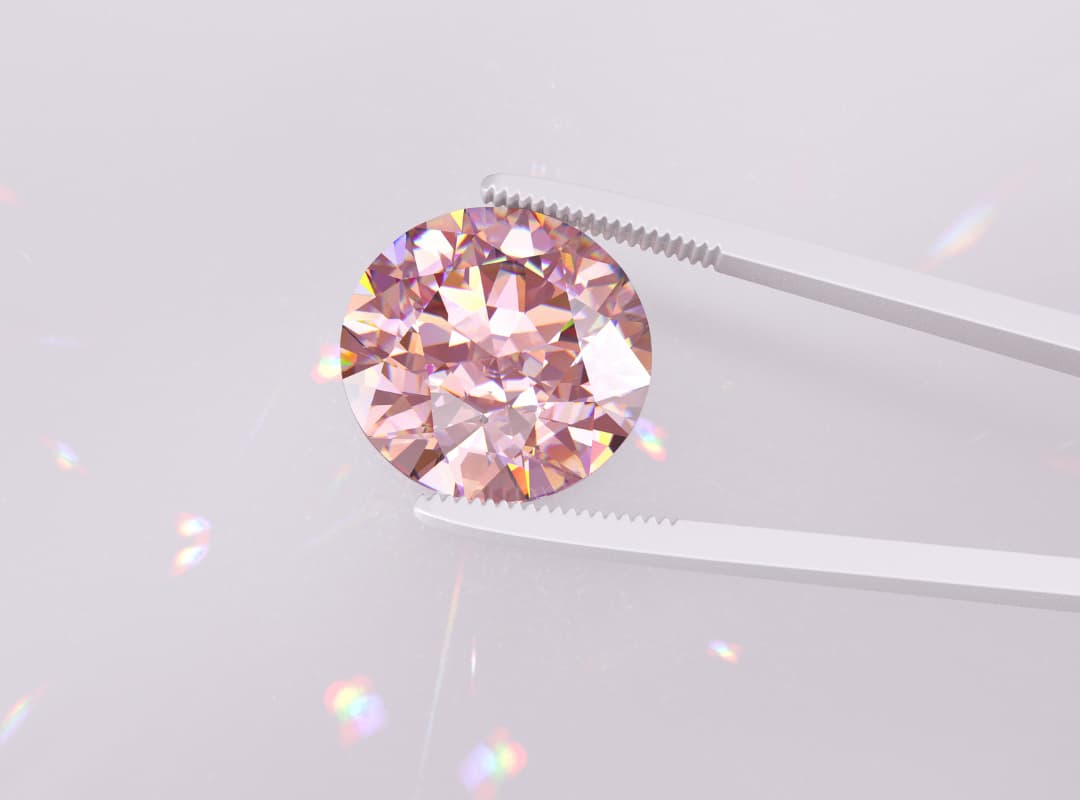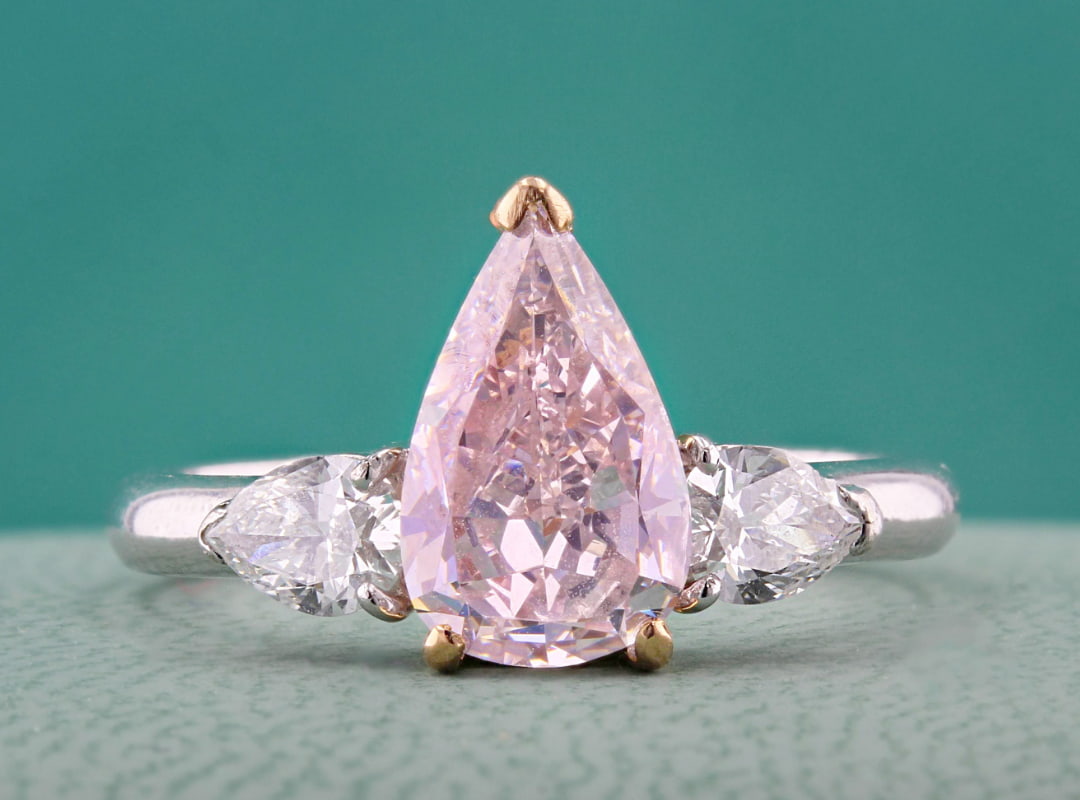The Ultimate Guide to Pink Diamonds
There are few gemstones as captivating and romantic as a pink diamond. With their soft, blushing hue and remarkable rarity, these coloured diamonds sit in a class of their own—coveted for both their beauty and the sense of wonder they evoke.

What Gives Pink Diamonds Their Colour?
Unlike white diamonds, which are graded for clarity and lack of colour, pink diamonds are prized precisely for their hue. The pink colour is believed to result from a distortion in the diamond’s crystal lattice caused by intense pressure during formation—not from trace elements like nitrogen or boron, which affect other coloured diamonds.
This structural anomaly bends light differently, creating the pink tone that ranges from soft blush to vivid magenta. The exact cause remains somewhat of a geological mystery, adding to the allure of these exceptional stones.

Pink Diamond Origin
Argyle Mine: The Argyle Mine in Western Australia, produced 90% of the world's pink Diamonds until its closure in 2020. These stones had a particularly rich, often warm-toned colour that became instantly recognisable to those familiar with them.
Other Sources: Rare pink diamonds have been found in Brazil, Russia, South Africa, and India—but none have matched the consistent colour intensity and global supply once offered by the Argyle source
Grading Pink Diamonds
-
Hue
The dominant colour is pink, but it may show secondary or 'modifying' tones such as purple, brown, or orange. Pink Diamonds with no secondary colours are rarer and more valuable.
-
Tone
This refers to how light or dark the pink colour appears, ranging from very light blush tones to deep, rich shades. The richer shades are more sought after and valuable.
-
Saturation
The strength or intensity of the colour, graded on a scale from Faint Pink through to Fancy Vivid Pink, with deeper saturation typically more desirable.
-
Clarity
While colour is the primary factor, clarity also matters. Pink diamonds with fewer internal inclusions are rarer and therefore more valuable.

Pink Diamond Shapes
Because of their rarity, pink diamonds are cut with the goal of preserving as much of the natural material as possible. You’ll often find them in shapes that emphasise both their colour and sparkle—cushion, radiant, and oval cuts are especially popular. These shapes allow the light to bring out the best in the stone’s natural hue.

Pink Diamond Jewellery
Thanks to their natural warmth, pink diamonds are beautifully complemented by rose gold, which enhances their rosy tones. They also look striking in white gold or platinum settings, particularly when paired with white diamonds for contrast.
Whether set into a bespoke ring, delicate pendant, or treasured family heirloom, pink diamonds are endlessly versatile and always eyecatching
Iconic Pink Diamonds in History
-
The Pink Star
At 59.60 carats, this vivid pink diamond is the largest of its kind ever graded internally flawless. Mined by De Beers in 1999, it sold at auction in 2017 for over $71 million.
-
The Williamson Pink
A 23.6-carat pink diamond gifted to Princess Elizabeth as a wedding present in 1947. Later cut and set by Cartier into a floral brooch, it remains one of the most cherished royal jewels.
-
The Graff Pink
This 24.78-carat fancy intense pink diamond was purchased by Laurence Graff in 2010. He called it “the most fabulous diamond” he had ever seen. It was later refined to 23.88 carats to enhance its clarity.
As relative newcomers to the diamond world, pink diamonds have quickly secured their place among the most coveted gemstones. Admired by royalty, adored by celebrities, and sought after by collectors globally, they have caught the imagination of the world and their charm shows no sign of fading.

